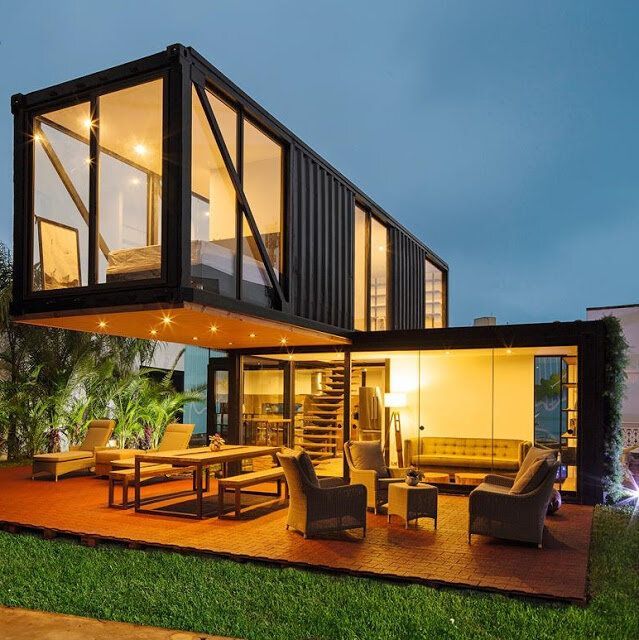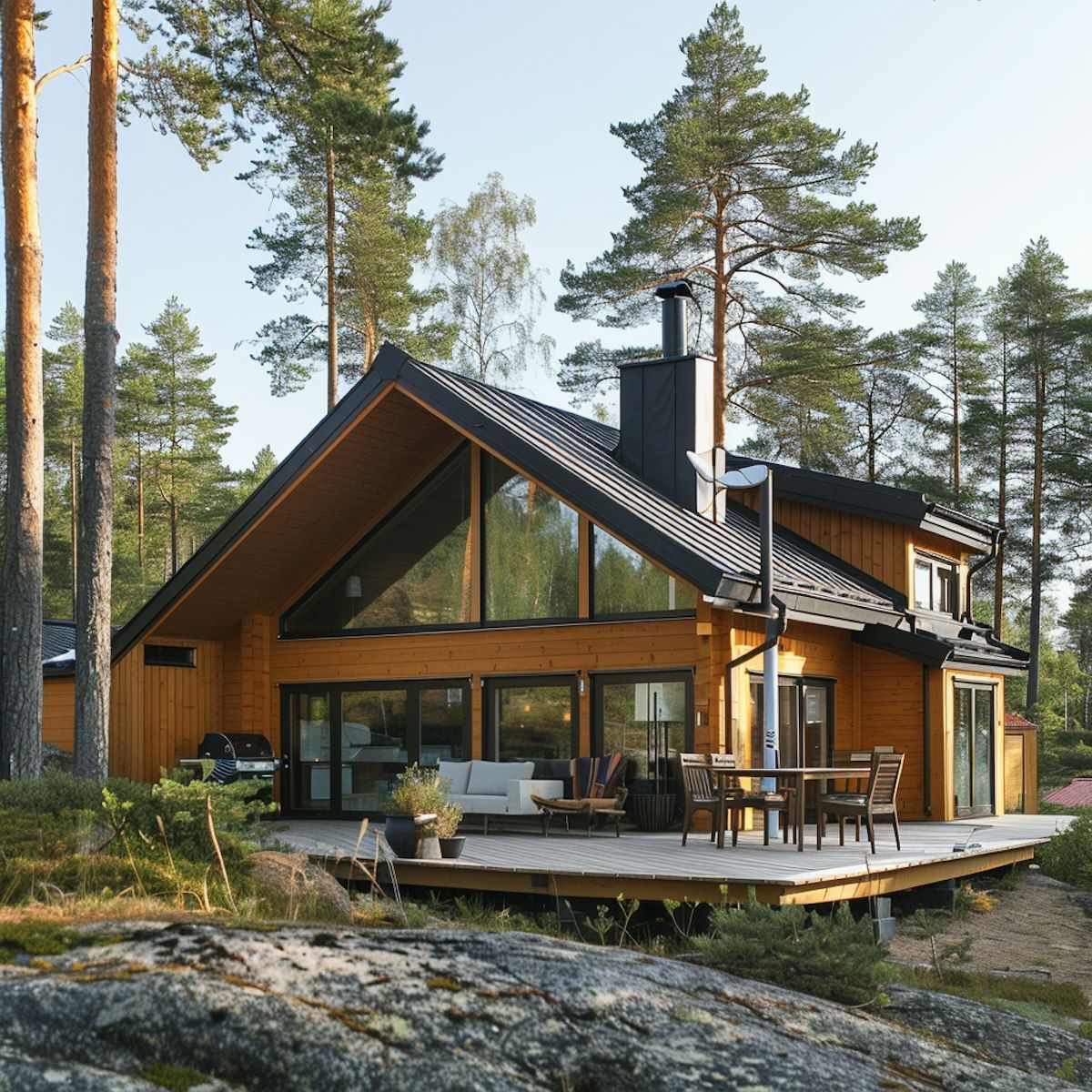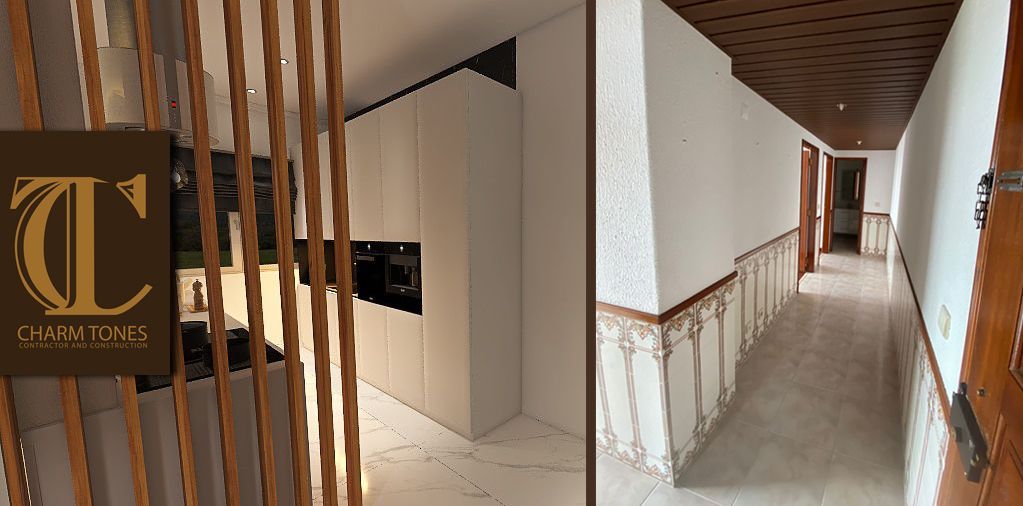Blogs

After recent earthquakes in Portugal, a new concern is rising among real estate buyers: Is my future home earthquake-resistant?

The recent earthquakes in Portugal have shaken residents across various cities. The first major tremor, felt by the majority on August 26, 2024, at 5:11 a.m., could have startled many from their sleep. With a magnitude of 5.3 on the Richter scale, it was considered the strongest seismic event since the massive Lisbon earthquake of 1969, affecting nearly the entire western coast for the first time—for more information you can check out Portugal resident.
Not many times passed, until on 17th of Feb 2025 at 13:24, the second earthquake shook the residents again less than 6 months later, this time with 4.7 the Richter scale starting from Costa da Caparica covering 18 km till Lisboa, although residents in Lisbon have felt it stronger—”Buildings in the Lisbon area shook at 1:24 p.m., causing screams and crying” Publico.pt.
These recent earthquakes in Portugal, occurring within just six months, have shaped a new concern among real estate buyers. In addition to the usual questions clients ask when visiting a property for rent or sale—such as the monthly condominium cost, the last time the water pipes were cleaned, or when the kitchen and bathroom were last renovated—real estate agencies and property sellers should now be prepared to hear a new question: “Does the building have any anti-seismic construction or preventive measures?” Asked a 30-year-old woman looking to purchase her first apartment with her partner.
The answer for buildings constructed in the 80s and 90s is a clear 'No.' Nearly 68% of buildings in the Lisbon metropolitan area were built before effective seismic protection legislation was in place, according to reports from SIC and Idealista.
Therefore, does it mean that the owners of residents in buildings built before the 90s should be worried or are they in danger? What measurements can we take to decrease the possibilities of being in danger in times of earthquake while we are residents of old buildings before the 90th?
Although, the topics about anti-seismetic measurement, or monitoring the Construction Quality and the earthquake safety standards have fallen into Civil Engineering and Construction domain, there are some elementary measurements that every one of us should know or at least can upgrade the safety a little bit when it comes to renovation of property.
These are some tips that can be helpful for older buildings during renovation:
- Check for Loose or Weak Elements – Replace cracked walls, weak roofs, or poorly maintained parts that could collapse during shaking.
- Secure Interiors – Anchor heavy furniture and appliances to prevent injuries.
- Emergency Preparedness – Have an evacuation plan and a disaster kit (water, food, first aid, flashlight, etc.).
- Bracing & Securing – Secure heavy furniture, shelves, and appliances to walls to prevent injuries.
However, when it comes to new construction from the ground up—such as custom homes or single-house developments—modern technology, updated regulations, and advanced equipment make it highly recommended to incorporate anti-seismic measures. Ensuring earthquake-resistant construction enhances both the safety and long-term comfort of future residents who invest significantly in newly built properties.
Before diving into this topic, we invite you to explore our webpage, Custom Home Construction: Energy-efficient, High-Quality Homes in Portugal, as sustainability remains a key trend in the real estate market. Investing in an Older Multi-Story Building vs. a Newly Built Single Home: Which is Better?
The decision between purchasing an older multi-story building or investing in a newly constructed single home depends on your priorities, budget, and risk tolerance. Older buildings often come with a lower initial cost but may lack seismic protection, require higher maintenance, and might not meet modern safety standards.
On the other hand, newly built homes with earthquake-resistant designs and modern technology offer better safety, energy efficiency, and sustainability—though they generally come with a higher price tag.
Each project’s budget varies based on materials, design, embedded technology, and location. While we won’t dive too deeply into civil engineering or specialized construction topics, it’s worth exploring some of the latest trends in property development, particularly those that emphasize sustainability, eco-friendliness, and earthquake resistance.
Trending Housing Preferences: Wood & Container Homes
In countries like Canada and the United States, wood-framed houses dominate the market due to their affordability, flexibility, and earthquake resistance. In contrast, concrete structures remain popular in parts of Europe, though alternative building methods are gaining traction.

One emerging trend is shipping container homes, which are becoming increasingly popular across Europe as a cost-effective, eco-friendly alternative. These homes provide a modular, durable, and customizable solution while promoting recycling and sustainability.
Advantages of Wood & Shipping Container Homes:
Better Seismic Performance – Wood and steel (used in containers) are flexible materials that absorb seismic forces better than rigid concrete. Eco-Friendly & Sustainable – Wood is a renewable resource, while container homes repurpose materials, reducing environmental impact. Faster & Cost-Effective Construction – Both options allow for quicker assembly, often reducing labor costs. Energy Efficiency – Modern insulation techniques make these homes more energy-efficient, lowering heating and cooling expenses.

Ultimately, the best investment depends on long-term goals, local regulations, and personal preferences. Whether opting for an older multi-story building or embracing modern, sustainable housing, ensuring seismic resilience and efficiency should be a key factor in your decision



